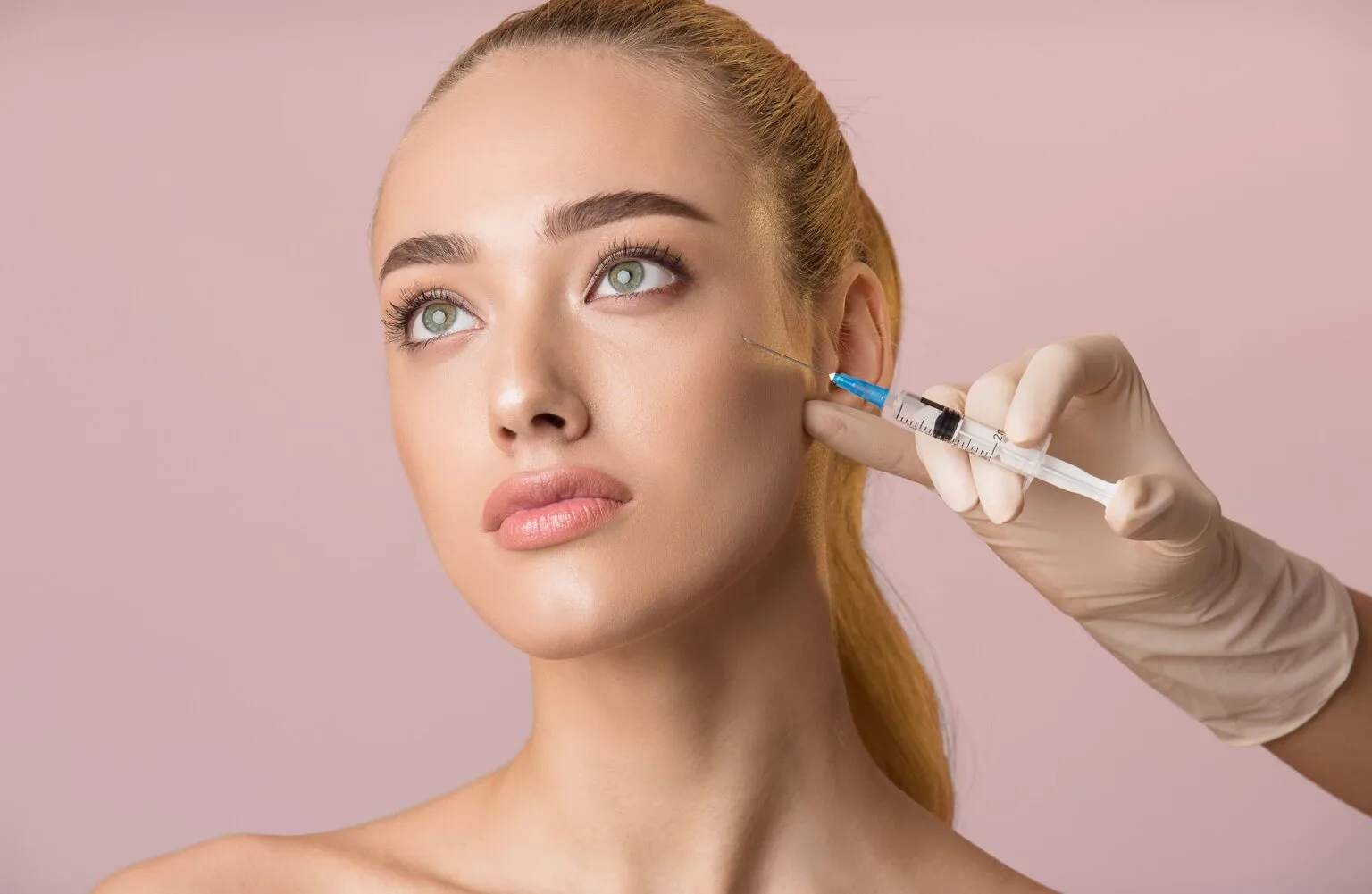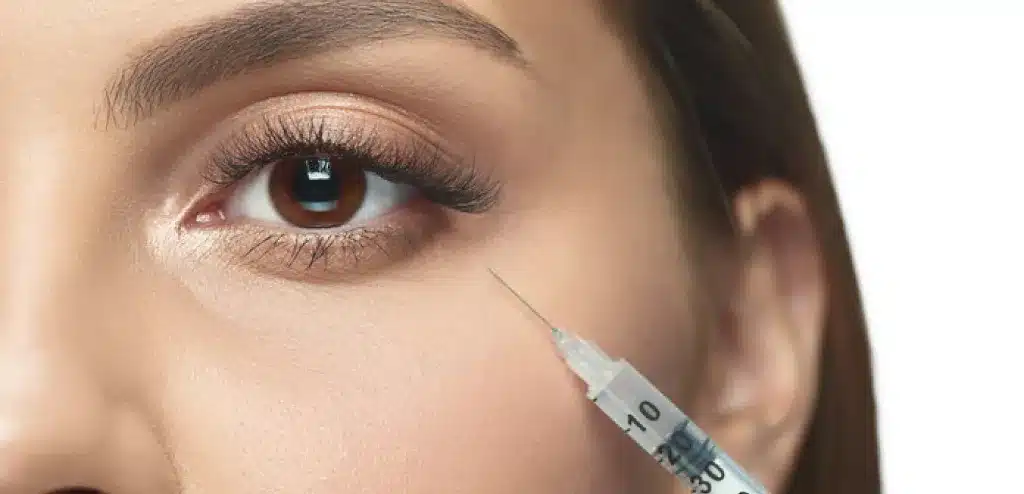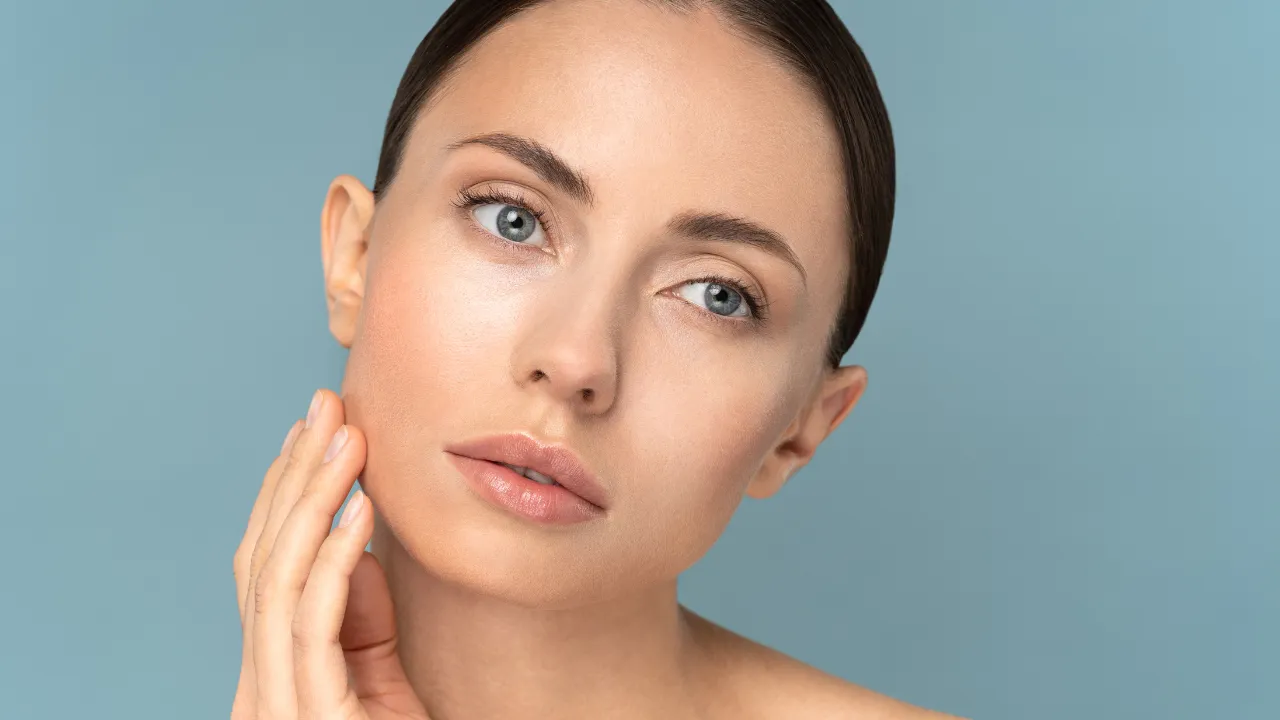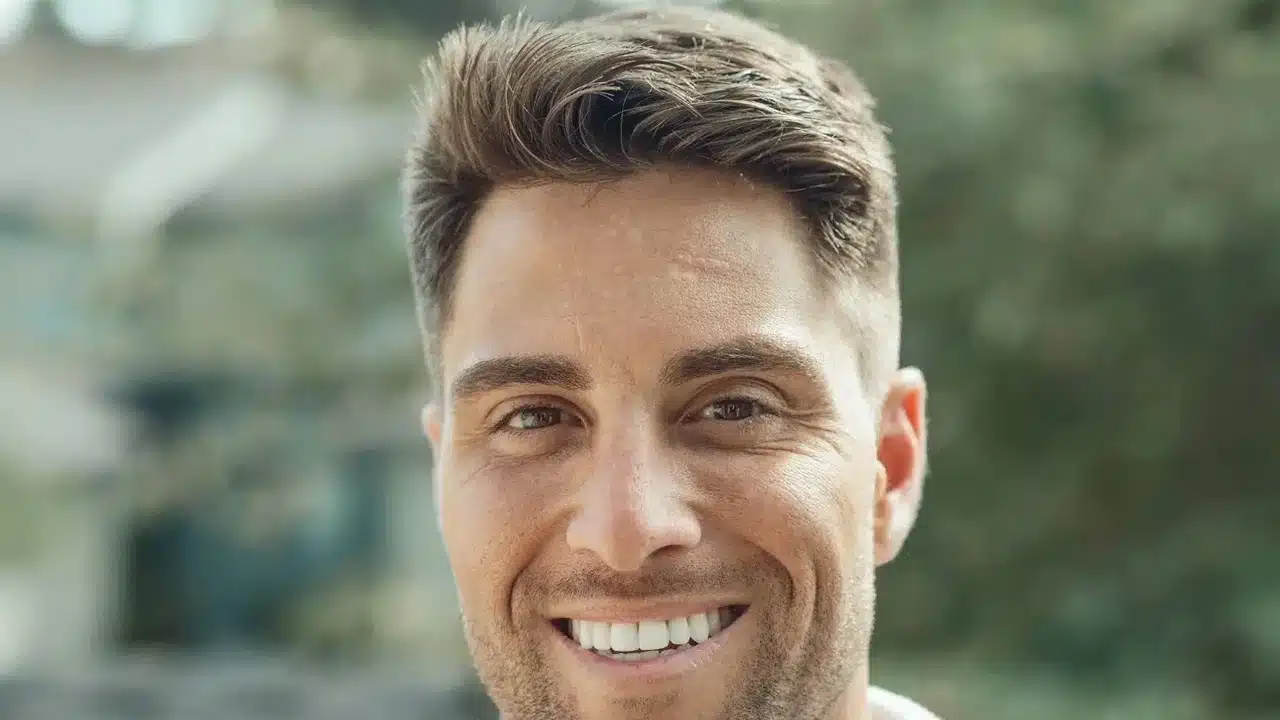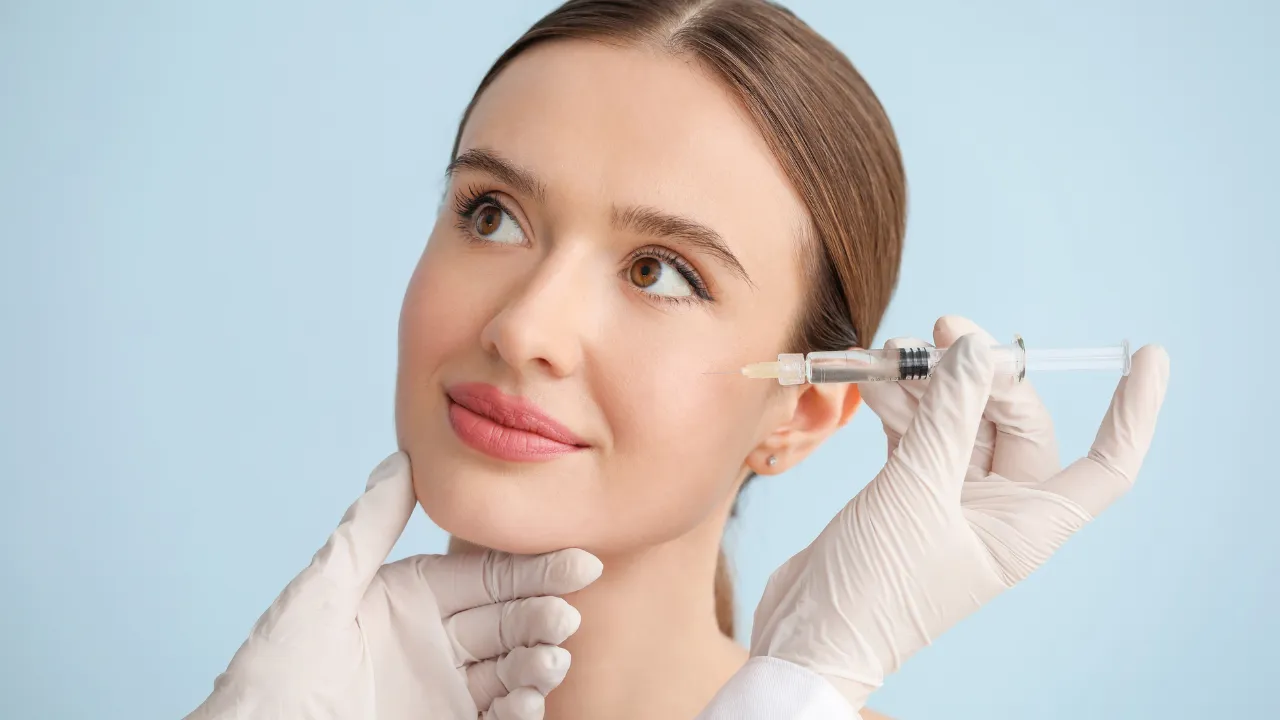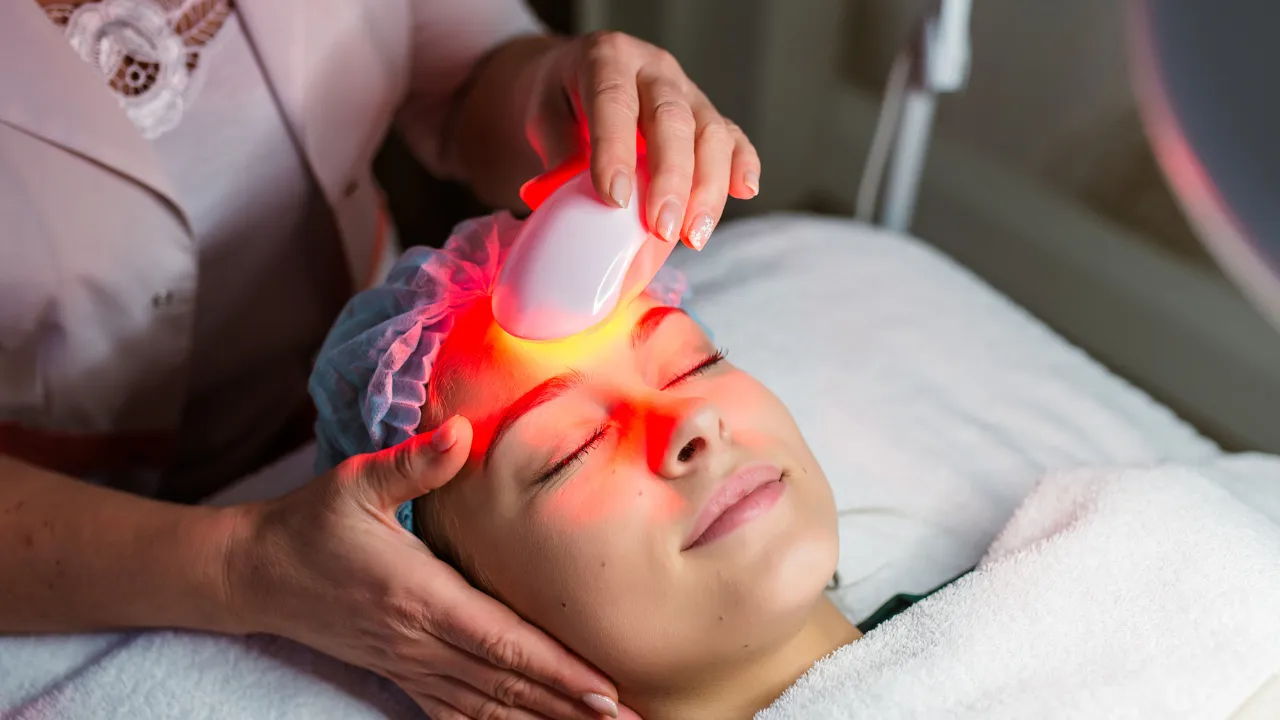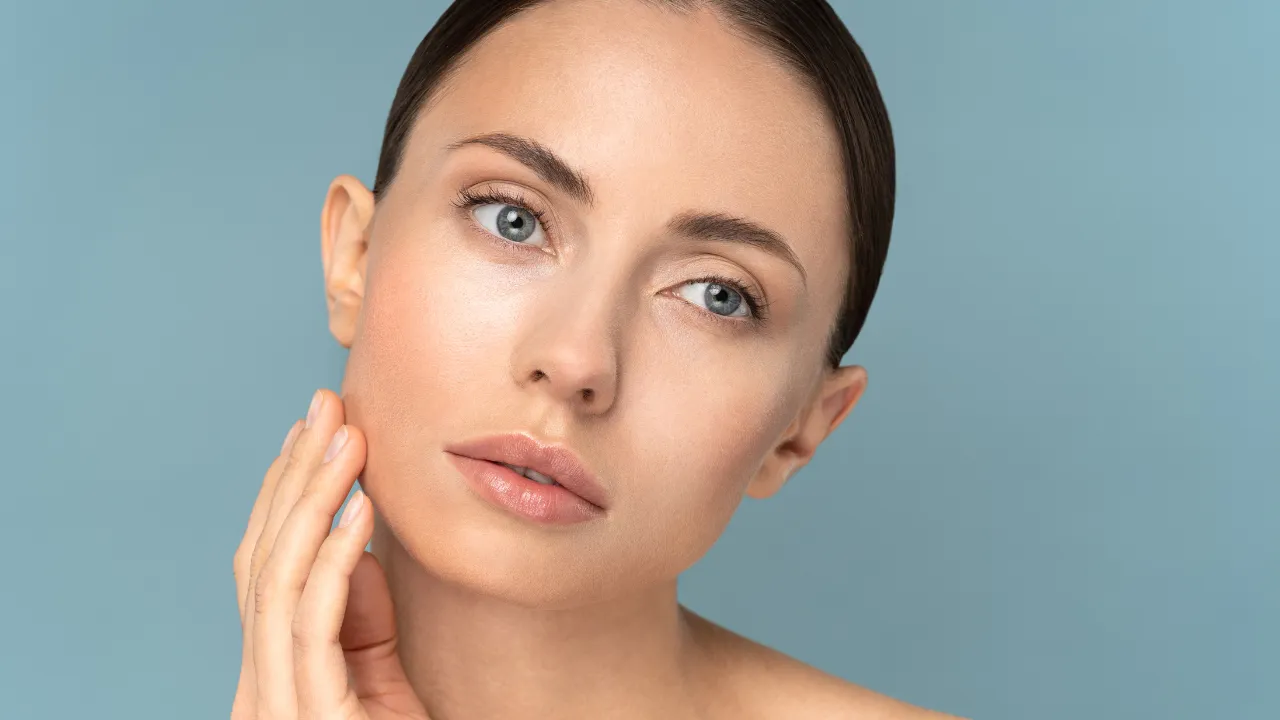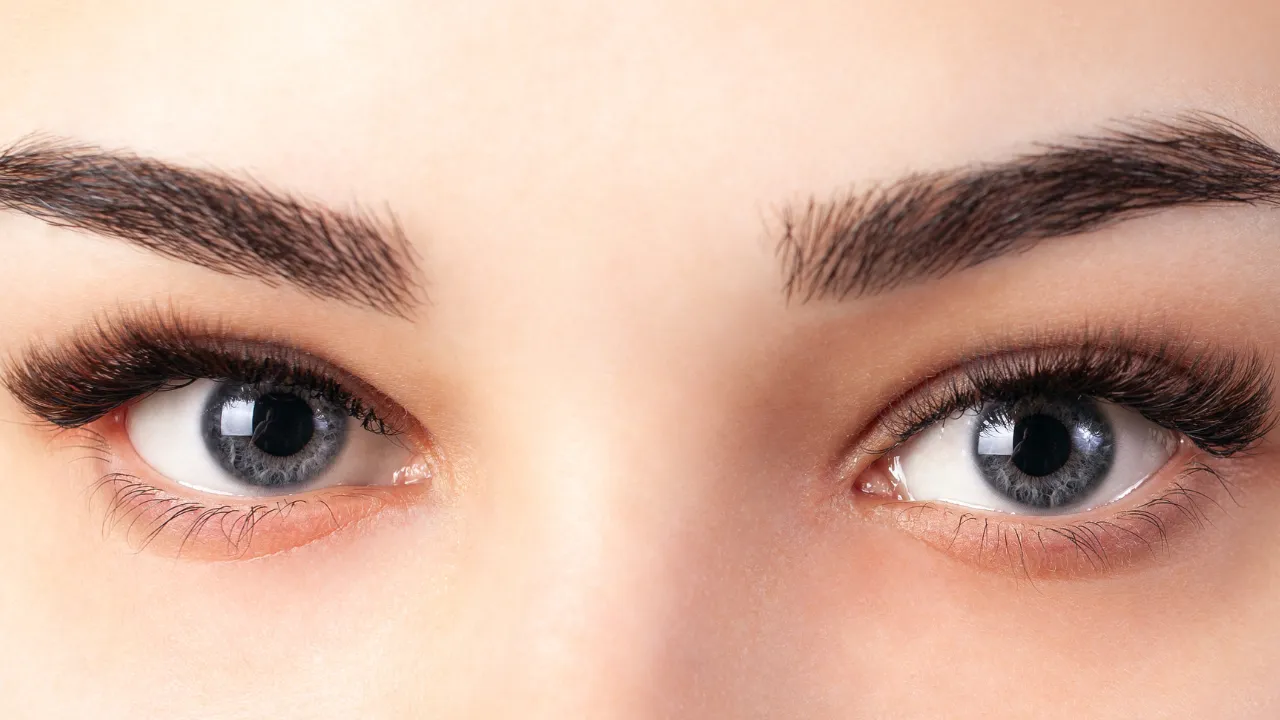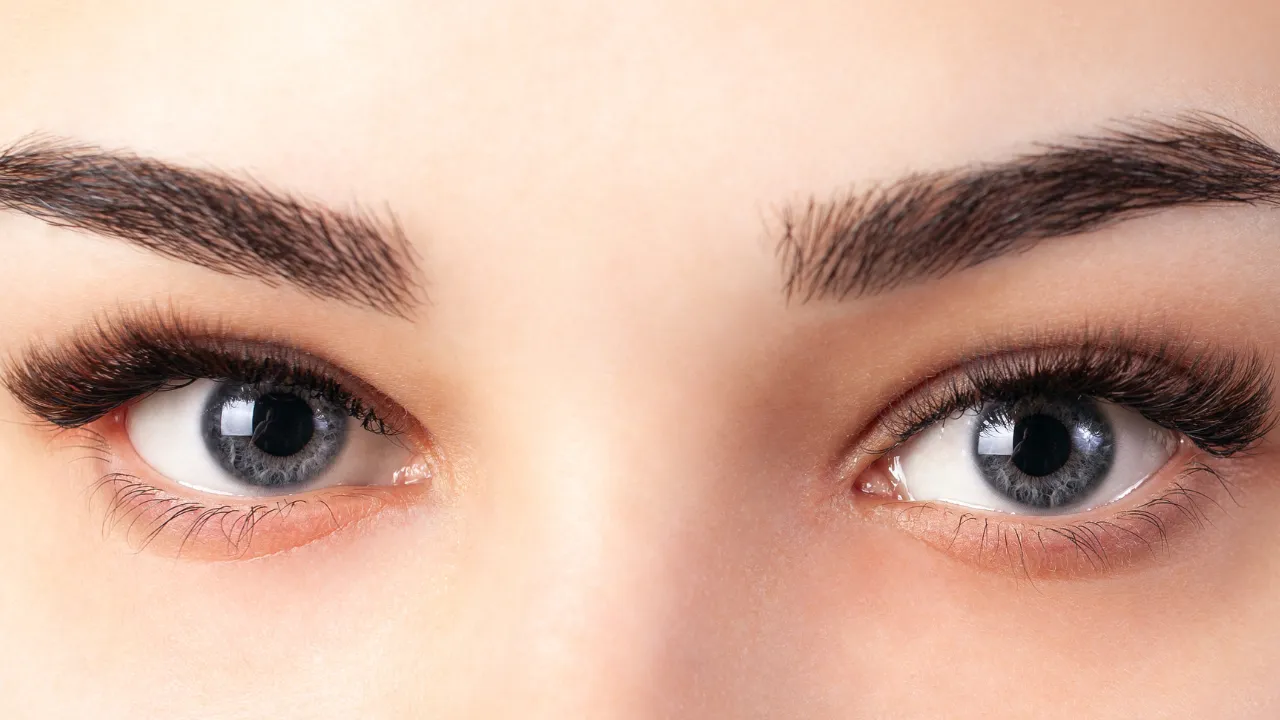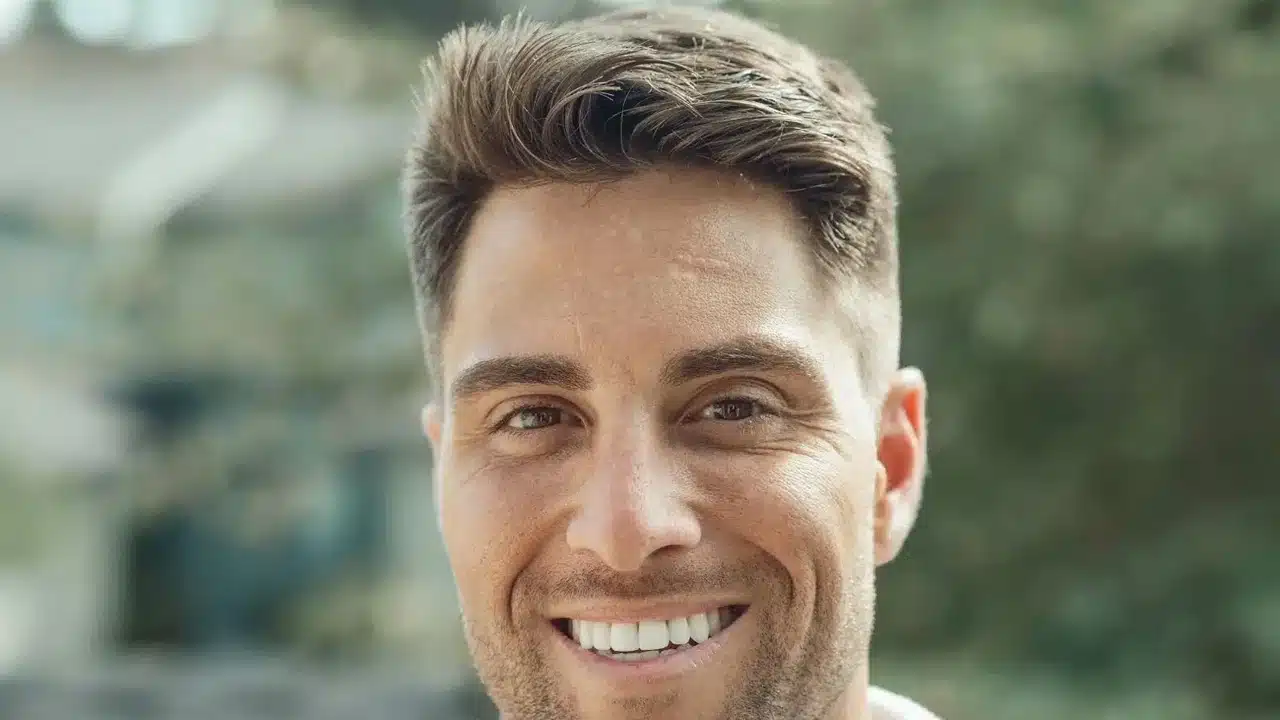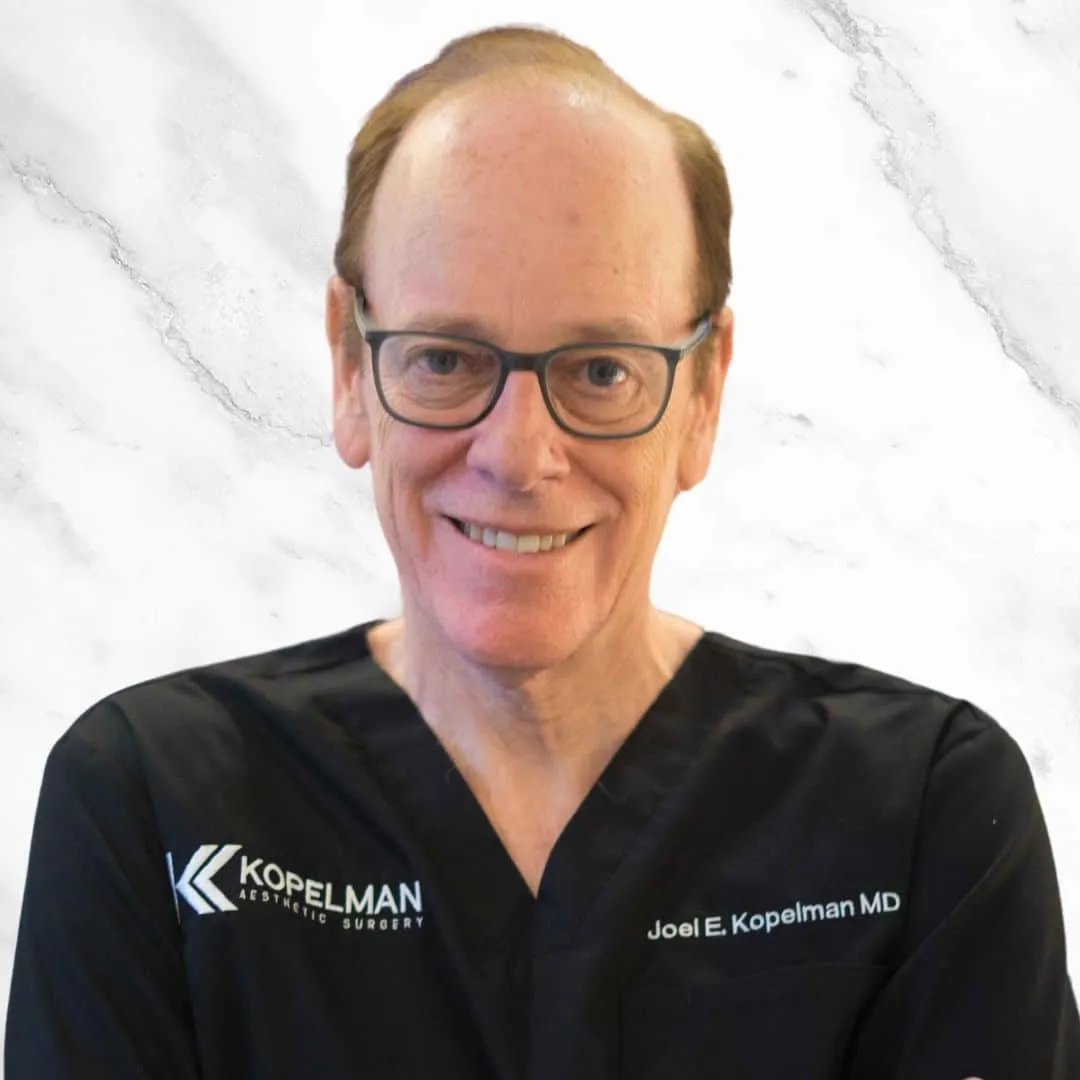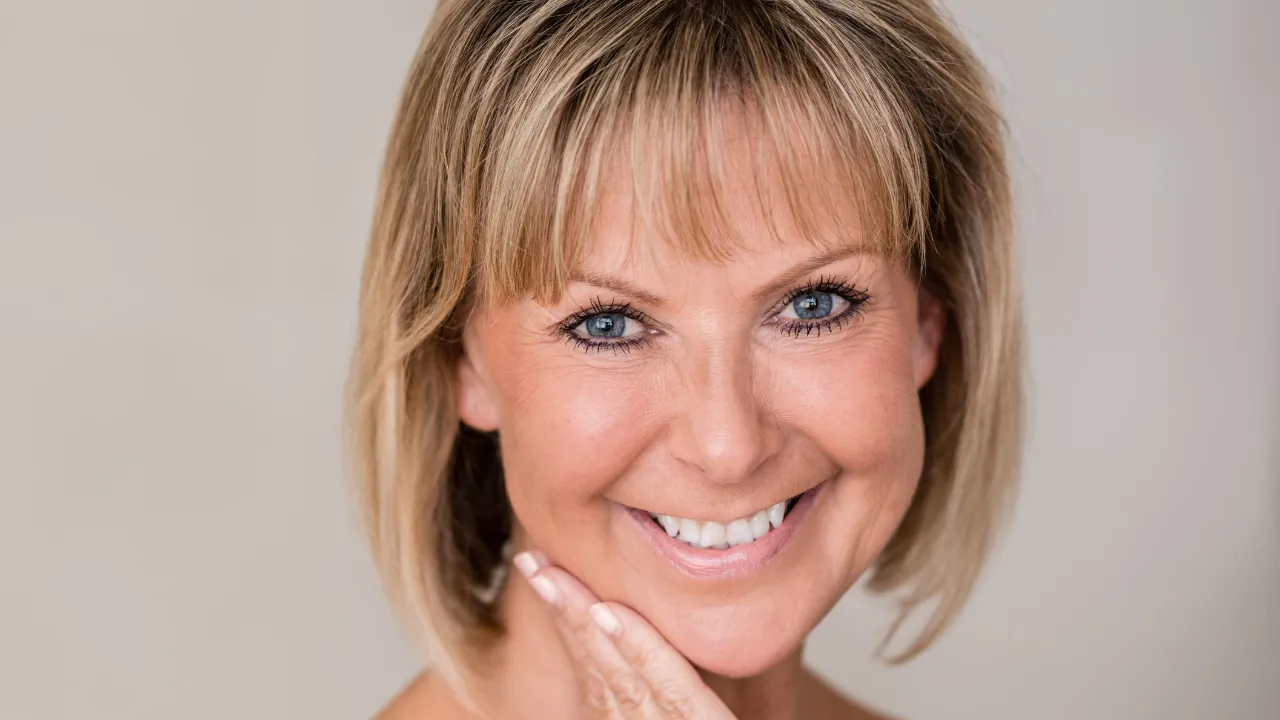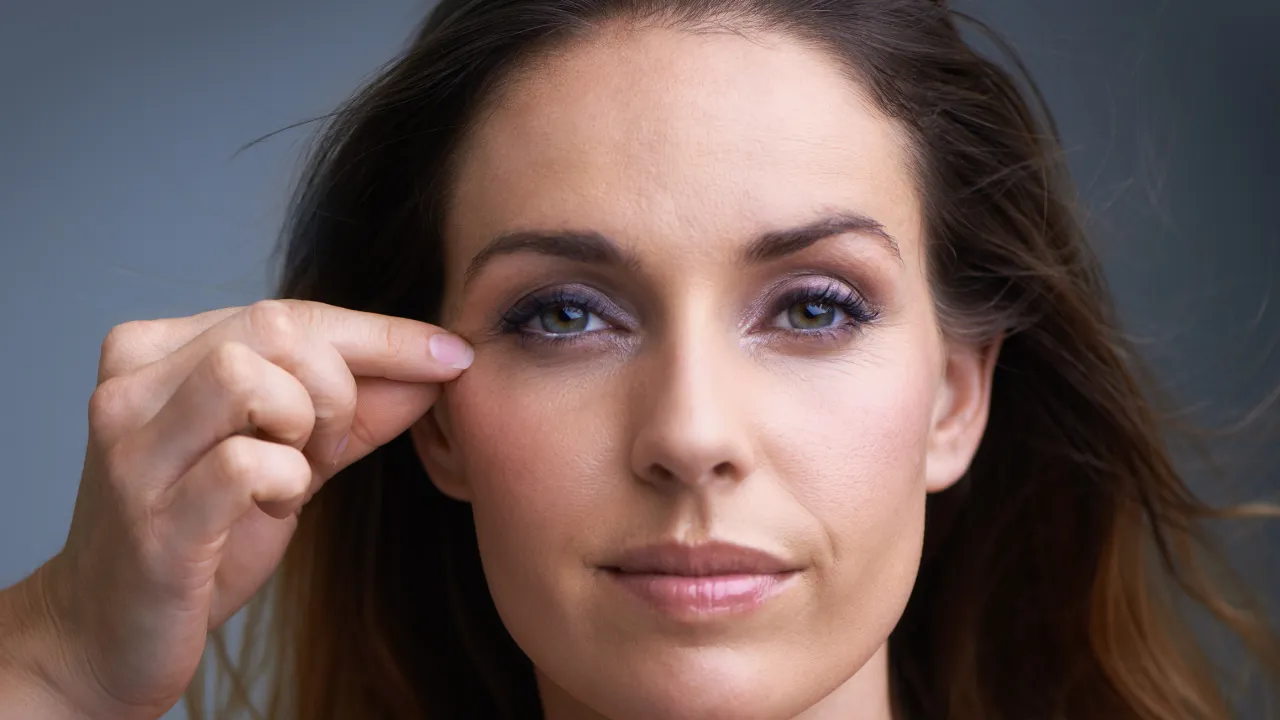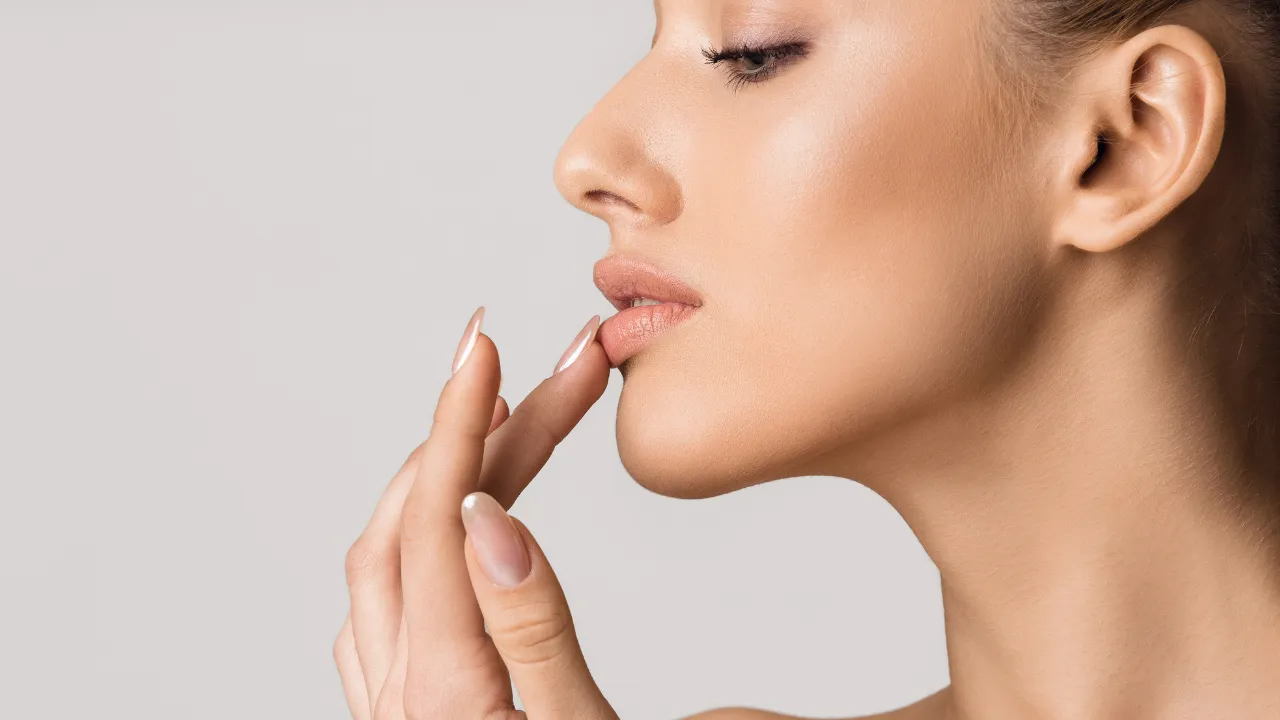Many people experience large upper eyelids due to aging, genetics, or conditions that cause puffiness or sagging. At Kopelman Aesthetic Surgery, Dr. Joel Kopelman offers procedures that address both functional and cosmetic concerns. This guide covers causes, treatments, and results for reducing heaviness and restoring balance.
Table of Contents
ToggleUnderstanding Large and Droopy Eyelids
Large upper eyelids refer to excess skin, puffiness, or heaviness around the upper lid. Causes include aging, muscle weakness, fat accumulation, or heredity. Some are born with naturally full eyelids, while others see changes as skin loses firmness and forms sagging skin.
These changes can affect your appearance and obstruct your field of vision. Identifying if it’s cosmetic or medical helps in choosing the right treatment.
Upper Eyelid Anatomy and the 7 Layers
The upper eyelid has seven layers:
- Skin
- Subcutaneous tissue
- Orbicularis muscle
- Septum
- Fat pads
- Eyelid muscle (levator)
- Conjunctiva
When the levator weakens or skin stretches, the eyelid may appear swollen or droopy. Knowing which layer is involved helps guide treatment.
Why Are My Upper Eyelids So Big?
Common causes include:
- Aging: Skin loses collagen and elasticity.
- Genetics: Inherited traits can lead to puffiness or excess skin.
- Fluid retention: Allergies or sinus issues may cause swelling.
- Ptosis or dermatochalasis: Medical conditions requiring correction.
If you notice sudden or uneven changes, a consultation is advised.
What Causes Heavy or Swollen Eyelids?
Heavy eyelids can result from:
- Fat deposits
- Weak eyelid muscle (requiring ptosis correction)
- Inflammation or chronic strain
- Excess or sagging skin over the lashes
In some cases, this can impair your visual fields and may require a surgical procedure for relief.
Upper Eyelid Problems vs. Cosmetic Concerns
Medical issues like ptosis may interfere with vision and require surgery. Cosmetic concerns are often elective and addressed through cosmetic procedures. Dr. Kopelman can assess your eyelids and recommend an approach based on your needs.
Common Eyelid Conditions Explained
Conditions that may cause large or droopy eyelids include:
- Ptosis: Drooping from muscle weakness that affects how it lifts the eyelid.
- Dermatochalasis: Extra upper lid skin that hangs over natural creases.
- Blepharitis: Inflammation along the eyelid margins.
- Chalazion: Blocked oil gland creating a lump or swelling.
Some patients also experience dry eye symptoms due to incomplete blinking or eyelid position.
How to Fix Heavy or Hooded Eyelids
Treatment depends on the cause. Non-surgical methods may help with mild issues:
- Eye creams
- Lifting strips
- Makeup techniques
- Laser or RF skin tightening
These offer part of a hooded eyelid treatment plan but aren’t permanent solutions.
Non-surgical Treatments for Heavy and Hooded Eyelids
If you’re researching how to fix hooded eyes, options include:
- Botox: Lifts brows slightly.
- Ultherapy: Uses ultrasound to stimulate collagen.
- Thermage or Morpheus8: Tightens skin using radiofrequency.
These options don’t alter the underlying structure but may delay the need for surgery.
Eyelid Surgery vs. Non-surgical Fixes
Eyelid Treatment Options:
Eye creams:
- Target mild skin sagging or puffiness.
- Results are temporary.
- Best for early signs of aging.
Botox:
- Helps lift the brow and reduce minor heaviness.
- Results last 3–6 months.
- Useful for hooded eyes from brow descent.
- Tightens the skin and improves texture.
- Results last from several months to years.
- Best for mild to moderate aging.
Blepharoplasty:
- Removes excess skin, fat or repairs muscle.
- Results are permanent.
- Ideal for both functional and aesthetic correction.
Ptosis repair:
- Strengthens the levator muscle to fix eyelid droop.
- Results are permanent.
- Best for true eyelid droop (lazy eyelid).
Are Big Upper Eyelids Attractive?
This depends on personal preference and facial proportions. While some find fullness appealing, many seek a more open, rested look through treatment.
When to Consider Eyelid Surgery
Surgery may be right if you have:
- Blocked vision
- Heavy-feeling eyelids
- Difficulty applying makeup
- A desire for lasting improvement
If you’re wondering how to get insurance to pay for eyelid surgery, you’ll need to show that the procedure improves your vision or addresses a medical issue.
Saggy Eyelid Surgery vs. Lazy Eyelid Correction
- Saggy eyelid surgery removes loose skin and fat.
- Lazy eyelid surgery (ptosis repair) tightens the eyelid muscle.
- Both may be done together, depending on the severity.
Blepharoplasty: Procedure and Recovery
Blepharoplasty is an outpatient procedure that removes or repositions fat, muscle, or skin from the upper eyelid. It takes about an hour and is done under local anesthesia. Recovery involves 7–10 days of swelling and bruising.
Like any surgery, there’s a small risk of side effects, including asymmetry, dry eye, or scarring.
Who Performs Blepharoplasty?
Choosing who performs blepharoplasty matters. Dr. Joel Kopelman is a board-certified oculoplastic surgeon with 35+ years of experience. He blends medical knowledge and aesthetic skill to deliver safe, natural outcomes.
What to Expect After Eyelid Surgery
- Use cold compresses to reduce swelling
- Avoid strenuous activities for a week
- Attend follow-up visits
Most return to work within 10 days.
Before and After: Typical Results
You can expect:
- Brighter, more open-looking eyes
- Less eyelid heaviness
- Improved facial balance
Photos of eyelid surgery for droopy eyelids help set realistic expectations.
How to Maintain Long-Term Results
- Protect skin from sun exposure
- Avoid rubbing the eyelids
- Use recommended eye creams
- Maintain healthy lifestyle habits
These steps can help extend surgical results.
Health Risks Linked to Large Upper Eyelids
Large eyelids may cause:
- Styes
- Eye strain
- Obstructed visual fields
Surgery may reduce these risks and improve overall function.
Quick Answers – FAQ
Can large upper eyelids go away without surgery?
Lifestyle changes may improve mild cases, but surgery is often needed for lasting results.
How do I know if I need blepharoplasty?
If your vision is affected or your eyelids feel heavy, schedule a consultation.
Is surgery for lazy eyelid the same as droopy eyelid surgery?
No. Lazy eyelid surgery repairs the eyelid muscle, while droopy eyelid surgery removes excess skin.
Finding the Right Surgeon
Choose a surgeon experienced in eyelid surgery for droopy eyelids, such as Dr. Joel Kopelman. His expertise ensures tailored, effective results. Schedule your personalized consultation now.


